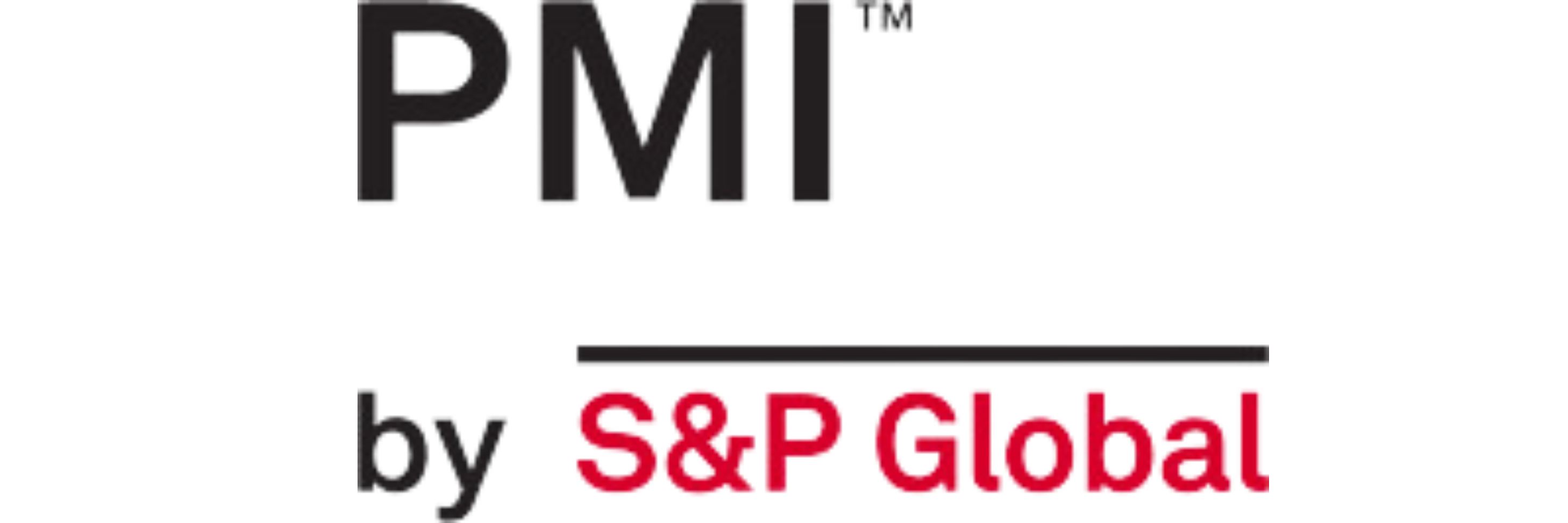The flash August Purchasing Managers’ Index (PMI) for the manufacturing sector showed an improvement for the UK but a further weakening in the Euro-zone; India continues to lead the way overall and both Japan and Australia managed to improve their results but they remain below the 50 threshold; the USA saw a further fall in its reading.
The flash Purchasing Managers’ Index (PMI) for the UK manufacturing sector in August improved slightly to 52.5 – this is its highest reading since June 2022 when it was falling after the post-Covid peak. This came despite the output element of the calculation showing a slower pace of acceleration than in July; it was a further improvement in orders from the home market that helped the index to rise in August, although export demand for manufacturers continues to contract with weak demand from the EU (see below) taking the blame.
Employment in the UK manufacturing sector also added a positive stimulus to the PMI calculations, while the near-term business outlook (not part of the PMI calculation) improved with lower levels of political uncertainty and the prospect of more cuts to interest rates helping in this trend. In the manufacturing sector, higher purchasing prices were mostly attributed to rising shipping bills and raw material costs.
In contrast, the Euro-zone saw its PMI for manufacturing slip back again, despite the output element improving marginally compared to July. The overall reading of 45.6 is the lowest since December 2023 and we have to go back to June 2022 for the last time that it was above the crucial 50 threshold. The immediate prospects are not great either with manufacturing orders falling at their fastest rate this year, with export orders also weak. Manufacturing employment was also down and the 7th consecutive shortening of suppliers’ delivery times also added to the negativity in the index calculation.
At the flash stage, we only have separate reports for France and Germany and both of these saw their manufacturing PMI fall from the July levels to 42.1. However, the path to this figure differs with, for example, output contracting more rapidly in France but with the pace of decline easing slightly in Germany. The former also saw orders falling at the fastest pace in 4 years (this goes back to the initial Covid period), while for Germany it was only the weakest orders picture for nine months. Both countries saw employment falling in August.
In Asia, India continues to lead the way with its manufacturing PMI estimated at 57.9, although this is fractionally down on the July figure and the lowest since May. This was mainly because the output element, while remaining very strong, was down slightly from last month. The other Asian countries with a flash PMI reading are Australia and Japan and both of these saw an improvement in their index although not by enough to lift them into positive territory as they came out at 48.7 and 49.5 respectively. Again, the route to this varies with Japan seeing output expanding in August as an increase in employment led to a clearing of order backlogs (orders fell but at a slower pace than in July) while for Australia, output fell slightly faster but the pace of decline in orders eased thanks to an increase in export business – the improvement in the index was also helped, perversely, by an increase in suppliers’ delivery times thanks to shipping delays around the Read Sea and in South-East Asia.
Finally, the flash manufacturing PMI for the USA fell further into negative territory and was at its lowest since last December. This was largely driven by a sharp fall in output which was at its weakest for 14 months but the pace of decline in orders also accelerated. Manufacturing employment was broadly unchanged compared to July and the index was helped down by a further shortening of suppliers’ delivery times.
These reports are available on the “PMI by S&P Global” website at https://www.pmi.spglobal.com/Public/Release/PressReleases or on request from MTA.

